Leonardo da Vinci's 'The Mona Lisa'
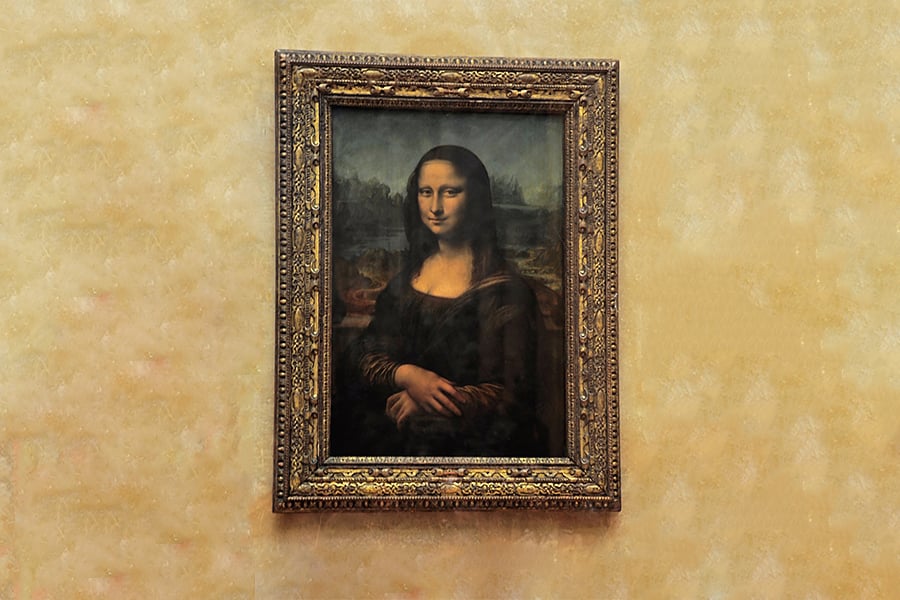
Everyone knows about the Mona Lisa. Leonardo da Vinci worked on the painting around 1503-06 until 1517. The famous painting is permanently housed at the Louvre in France and has approximately 6 million visitors per year. It has an appraised value of nearly $800 million and holds the highest insurance value of any painting in history.
(image via Flickr)
The Rosetta Stone
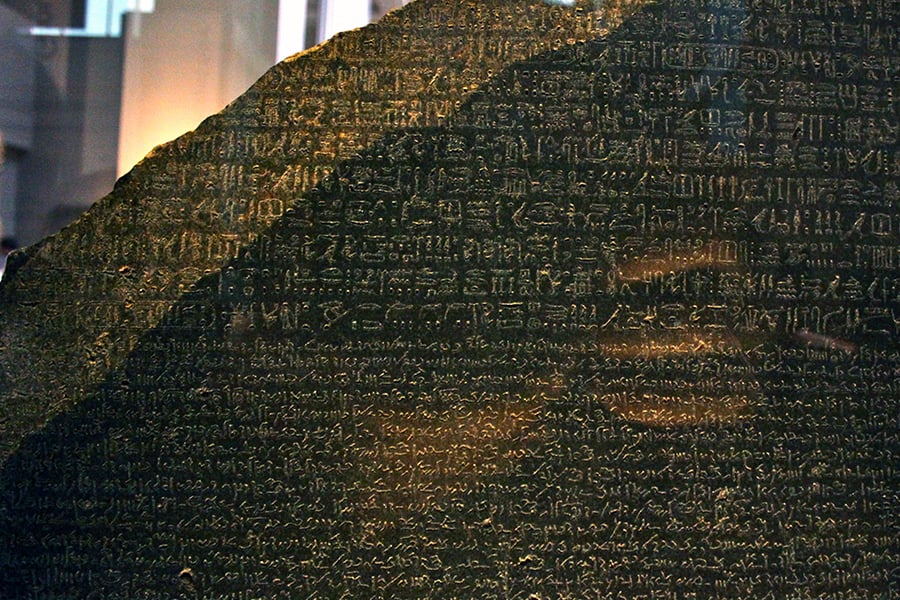
Housed at the British Museum, this granodiorite stone slab is inscribed with a decree issued in Memphis, Egypt, in 196 B.C. The decree appears in 3 scripts: Demotic Egyptian, Greek, and Egyptian hieroglyphs. Its discovery allowed hieroglyphs to be deciphered for the first time.
(image via Flickr)
The Dead Sea Scrolls

Being the oldest known biblical manuscripts, these scrolls represent the greatest archaeological find of the 20th century. Some are located at the Rockefeller Museum in East Jerusalem while others can be found at the Israel Museum in West Jerusalem.
(image via Flickr)
King Tutankhamun's Treasures
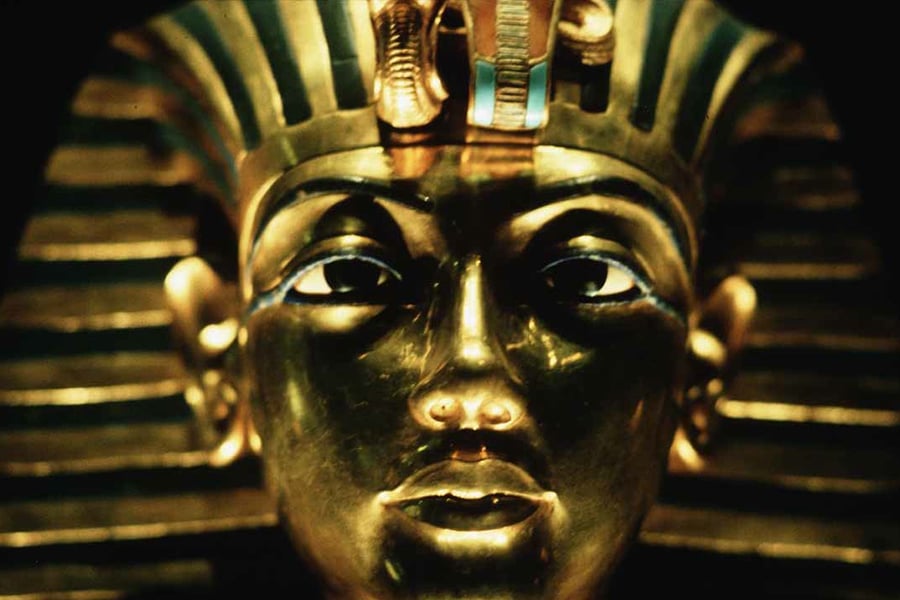
King Tut's casket alone is worth about $13 million. His mummy and the relics from his tomb give an incredible glimpse into the trappings of ancient Egyptian culture. While normally housed in the Egyptian Museum in Cairo, many of these treasures have been exhibited internationally.
(image via Flickr)
The Hope Diamond Necklace
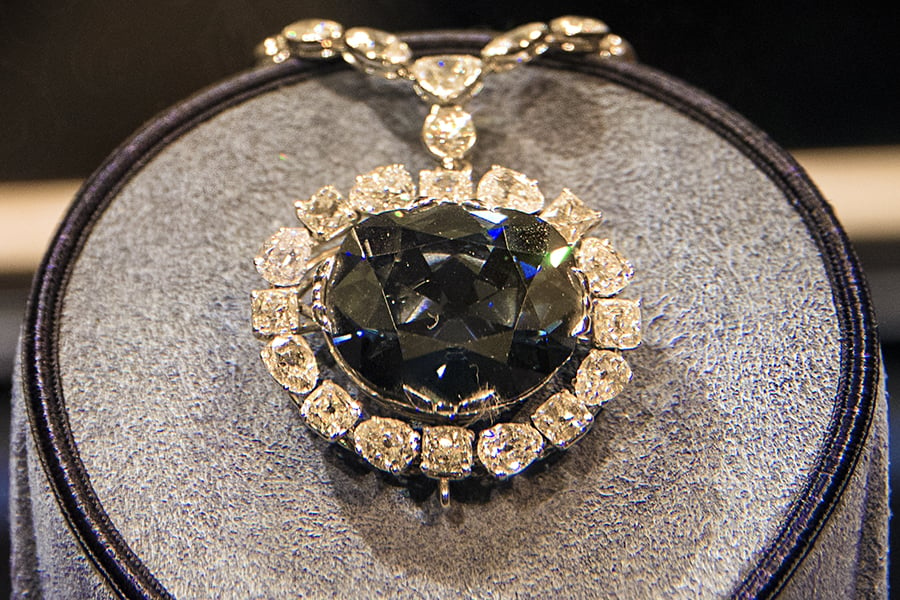
The 45.52-carat deep blue Hope Diamond is estimated to be worth between $250 - $350 million. It was ever so casually mailed to the Smithsonian in a plain brown wrapper via registered mail by donor Harry Winston. It's one of the most visited museum objects in the world.
(image via Wikimedia)
Michelangelo's 'David'
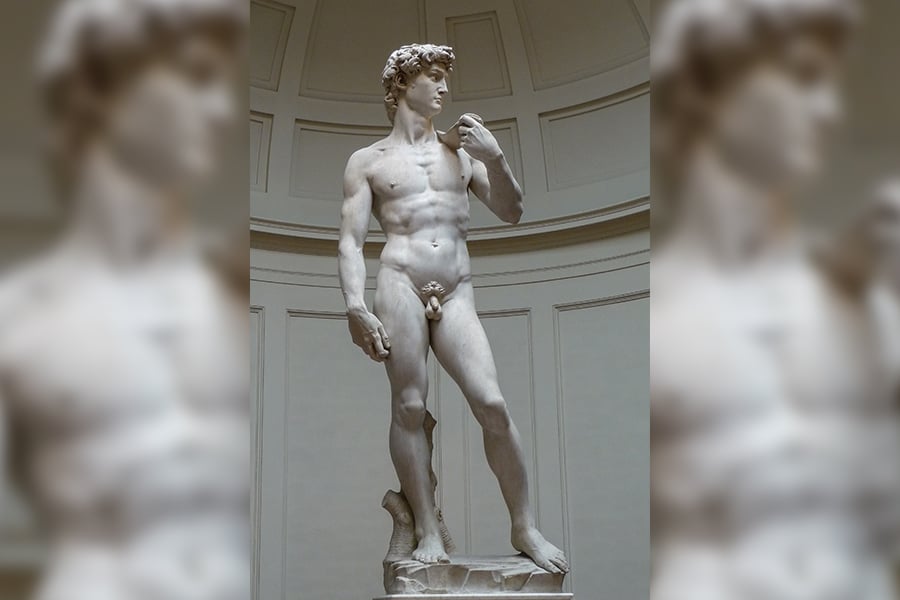
This nude marble representation of Biblical hero David is a masterpiece of Renaissance sculpture that came to symbolize the defense of civil liberties embodied in the Republic of Florence. Created by Michelangelo, circa 1500, David now lives at the Gallery of the Academy of Florence.
(image via Wikimedia)
Venus de Milo
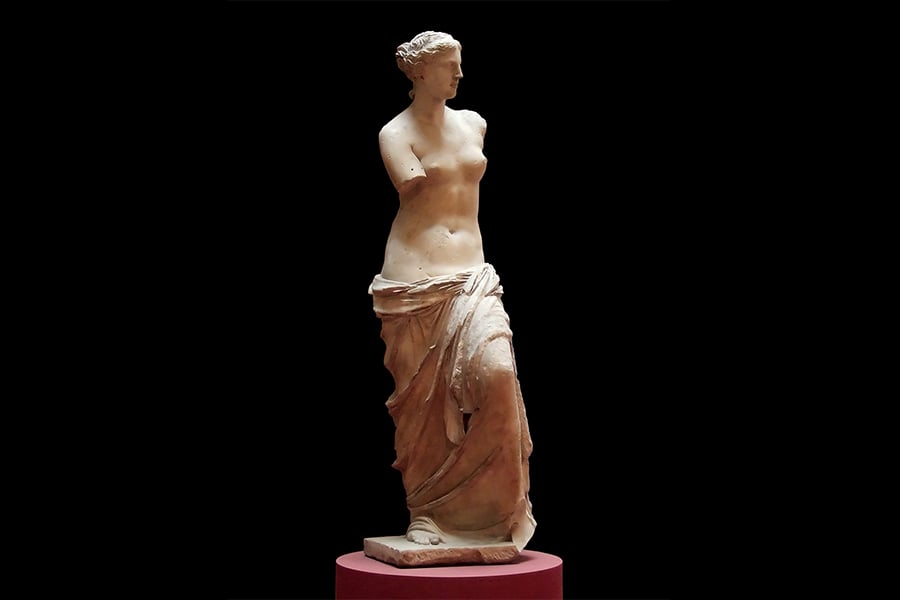
One of the most famous of all ancient Greek sculptures, this representation of the goddess of love and beauty, Aphrodite (Venus), is named for the island Milos on which it was discovered. She is permanently housed at the Louvre in Paris.
(image via Wikimedia)
The Parthenon Frieze
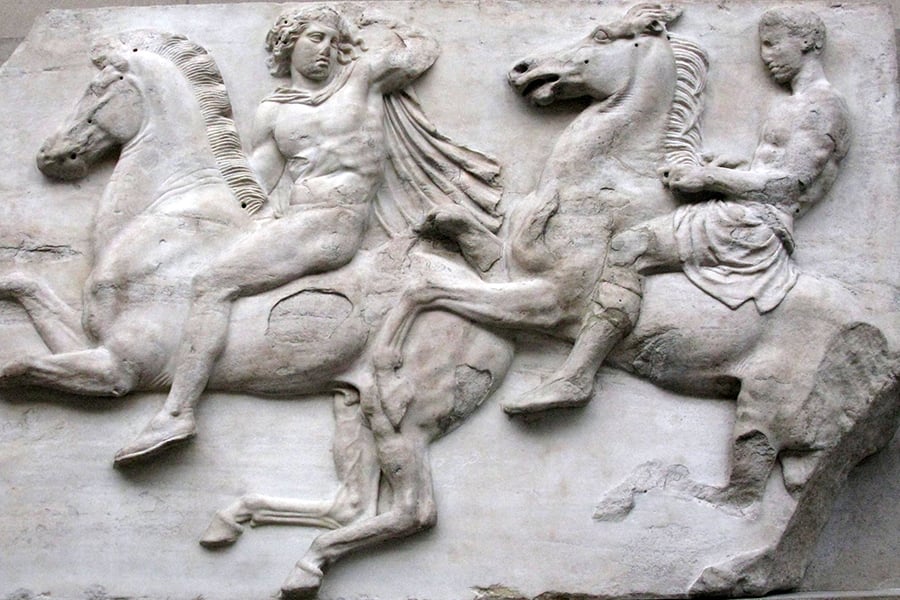
This sculpted marble depiction of the Great Panathenaia was originally created to adorn the upper part of the Parthenon's inner chamber. Originally 525 feet long, it featured 378 figures & deities and over 200 animals. The Acropolis Museum housed 164 feet while another 262 feet can be found at the British museum.
(image via Flickr)
Alabaster Relief from Palace of Nimrud

Now housed at the Louvre, this relief featuring King Ashurnasirpal II is from the palace of Nimrud in Assyria where it covered part of an unbaked brick wall. This type of architecture was adopted in Assyria in the 9th century B.C.
(image via Flickr)
Babylonian Tablet
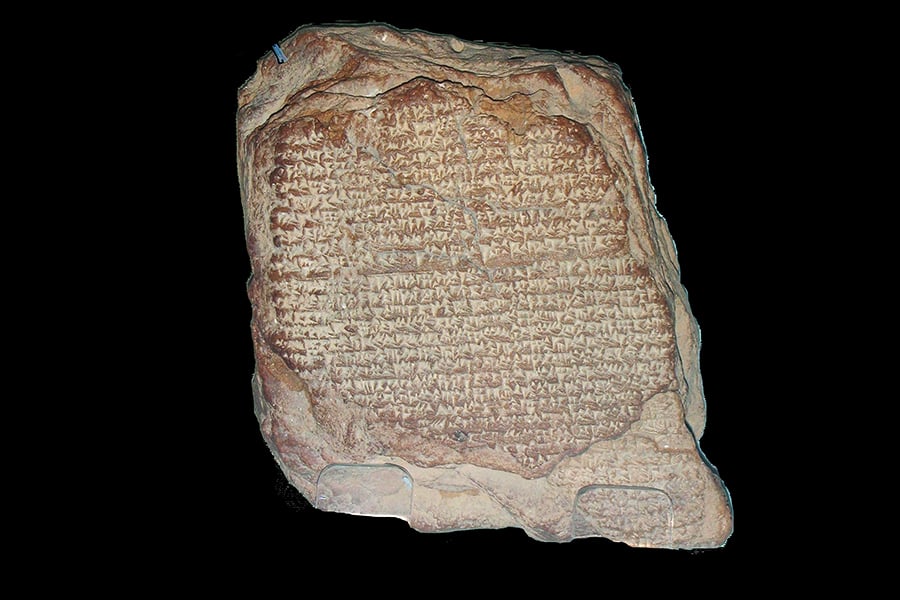
Residing in the British Museum, this 4,000-year-old clay tablet relays in cuneiform the 1750 B.C. copper merchant Nanni's dissatisfaction with the quality assurance and service of El-nasir. It's the oldest customer service complaint discovered to date.
(image via Flickr)
Standing Vishnu

This statue from the 6th- or 7th-century Khmer Kingdom depicts one member of the Hindu divine trinity. Vishnu appears with four arms holding objects that represent earth, wind, water, and fire. This artifact resides at Angkor National Museum in Cambodia.
(image via Wikimedia)
Aztec Sun Stone

The Aztec Sun Stone is a 24-ton sculpture honoring the sun god Tonatiuh that was carved in the 15th century and is now housed at Mexico's National Museum of Anthropology. It's sometimes called the Aztec calendar and has been reproduced on many products in the modern era.
(image via Wikimedia)
Van Gogh's 'The Starry Night'

An oil painting on canvas valued at more than $100 million, The Starry Night by Vincent van Gogh is in the permanent collection of the Museum of Modern Art in New York City. It's regarded as one of Van Gogh's finest works and is one of the most recognized paintings in the history of Western culture.
(image via Flickr)
Trojan Gold

These treasures aren't actually gold, but the 259 objects excavated from Troy during 1872-1890 are a goldmine of culturally significant vessels, anthropomorphic figures, jewelry, and rock crystal artifacts. You can find them at the Pushkin State Museum of Fine Arts in Moscow.
(image via Wikimedia)
1849 Double Eagle $20 Coin

The first $20 coin was minted in 1849. It's the rarest US coin and is valued at around $20 million. The only known remaining example now resides in the National Numismatic Collections at the Smithsonian.
(image via Wikimedia)
 Author
Cheri Thriver
Last Updated: March 15, 2018
Author
Cheri Thriver
Last Updated: March 15, 2018